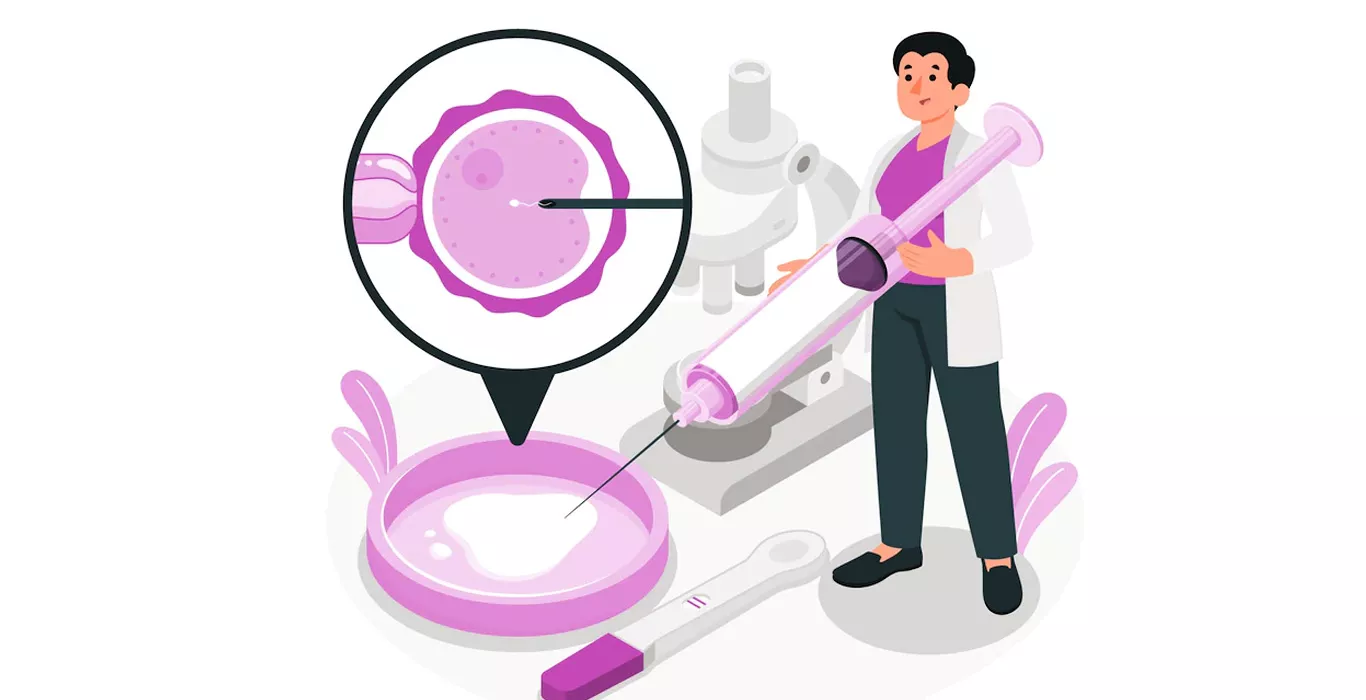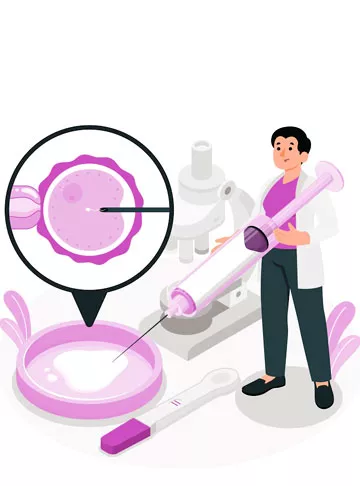Synopsis
Sperm wash Techniques, Sperm Preparation Techniques used in IVF, Types of Sperm preparation techniques, Simple Washing, Sperm migration based methods
In addition to spermatozoa, semen is composed of prostatic and seminal vesicular secretions and may also contain leukocytes, epithelial cells, and infectious agents like bacteria, viruses, etc. When a large amount of semen comes in contact with the uterus, it can cause painful uterine contractions. It also contains certain factors (for eg. decapacitation factors) that hinder important sperm functions such as the ability to undergo capacitation, acrosome reaction, penetrate zona pellucid and fertilize the oocyte (Yanagimachi. R., 1994) Therefore, the motile spermatozoa fraction is separated from the seminal plasma by sperm washing using a culture medium for artificial insemination (AI). Sperm washing techniques have evolved over time and several methods based on different principles are available aimed at obtaining good yields in terms of count, motility, morphology and DNA integrity which will allow better sperm selection for inseminating techniques, which in turn will increase the IVF success.
Things to keep in mind while processing semen sample for AI
• Sperm washing should ideally be carried out within 30 minutes of ejaculation (minus the liquefaction time) as prolonged exposures to seminal plasma negatively influence the fertilizing ability of the spermatozoa in vitro (Bjorndahl et al., 2010).
• The presence of dead spermatozoa and leukocyte in semen will assert oxidative stress on healthy spermatozoa by releasing harmful reactive oxygen species (ROS) that will eventually lead to DNA damage (Aitken et al., 1998).
• The appropriate protein-containing culture medium is required for sperm washing to facilitate the capacitation process.
Types of Sperm wash techniques
The well established and commonly used sperm wash techniques can be categorized as follows-
1. Simple Washing
This method involves diluting the semen with twice or more the amount of culture medium and allowing the spermatozoa to settle down by applying the centrifugal force of not more than 800 g (Juelinet al., 1982).
Advantages:
• It is the simplest method of sperm preparation.
• Uses the least amount of media and cost less.
Disadvantages:
• Not only the dead, abnormal spermatozoa but also all the components in semen that can be pellet by centrifugation is retained in the final preparation.
• The concentrated sperm-rich pellet is at great risk of oxidative damage to the sperm chromatin and plasma membrane.
• There are chances of the development of anti-sperm antibodies in cases of IUI procedure.
2. Sperm migration based methods
In vivo, the spermatozoa in the ejaculate naturally migrate towards the cervix and uterus after deposition near the cervical os. Similarly, spermatozoa migrate towards the layered culture medium in vitro. The “Swim Up” (SU) method utilizes this phenomenon where the progressively motile spermatozoa swim towards and accumulate in the culture medium phase after incubation for 15-60 minutes. This can be carried out in two ways-
a) Direct swim-up – The culture medium is directly layered over or underneath (Swim down) the semen.
b) Swim-up from a washed pellet– The semen sample can be mixed with culture medium and centrifuged. The supernatant is removed, after which the pellet is layered with more culture medium.
Advantages:
• The retrieved fraction is comparatively clean and rich in progressively motile sperm.
• Uses less number of centrifugation reducing the centrifugation related iatrogenic damage.
• High yield.
• Less expensive.
Disadvantages:
• The resultant pellet retains the dead spermatozoa and leukocytes and has risks related to oxidative stress.
• The final swim up fraction is only segregated on the basis of motility.
• There is diffusion of substances like prostatic zinc from the semen to the overlaid medium.
3. The method based on the specific density
The density gradient centrifugation (DGC) method segregates spermatozoa based on their specific gravity along a column of the gradient at their isopycnic point when applied with a centrifugal force. The gradient can be continuous or discontinuous. A mature, morphologically normal sperm has a specific density of 1.12 g/ml whereas the specific density immature or abnormal or low sperm count is much less than that. Centrifugation along the routinely used silane-coated silica particles of following 40% and 80% gradient (1.06 and 1.10 g/ml respectively) only allows the mature, morphologically normal spermatozoa to penetrate the lowest layer.
Advantages:
• This method segregates spermatozoa based on functional maturity, DNA integrity, and morphology.
• It also can be used to remove bacteria, debris, leukocytes, viruses, etc.
• Gives a good yield for Oligoasthenoteratozoospermic samples (OATs).
• It requires less time than a swim-up method.
Disadvantages:
• The yield is low when compared to swim up.
• The centrifugation force is high and applied 2-3 times increasing the chances of iatrogenic damage.
• Costly method.
To get the best yield, it is advisable to combine DGC with SU.
4. Magnetic Activated Cell Sorting (MACS)
This method separates apoptotic spermatozoa from non- apoptotic ones. The cells undergoing apoptosis have phosphatidylserine residues on their membrane which has a strong affinity towards Annexin V conjugated to colloidal super magnetic beads which separate apoptotic cells when applied with a magnetic field.
This method can be used in conjunction with DGC to maximize the fertilization potential and embryo quality.
5. Microfluidic Sperm Sorter (QUALIS)
These are small devices that sort motile, morphologically normal spermatozoa from semen based on fluid dynamics in a microenvironment by controlling variables like viscosity, fluid density, and velocity, etc (Nosratiet al., 2017). This method considerably removes debris and reduces physical stress, eliminates centrifugation and minimizes DNA damage. The amount of sample required is less but this also reduces the yield and therefore cannot be used for carrying out IUI.
Choosing the best method; Caught between two stools
The choice of method greatly depends on the quality of the sample and the yield requirement for the insemination technique. A balance can be created based on the following:
• A comparatively clean semen sample can be processed by simple washing and/or swim up.
• A normozoospermic sample can be prepared by simply washing or swim up from the washed pellet.
• In cases of severe male factor infertility, DGC can be carried out as it effectively selects and sorts out morphologically normal spermatozoa.
• In case of IUI, swim-up can be done for greater yields are required in terms of count and motility.
• If the quality of the semen sample is poor (Leukocytes, debris, bacteria), DGC is the best option.
• The viral load in infected patient’s semen can be reduced by DGC method.
• DGC and/or MACS can be carried out for patients with high DFI.
Medium of Choice
It is recommended to use zwitter ion buffered media (HEPES, MOPS) for sperm washing as most of the procedure is carried out outside (or in the air) and it prevents premature capacitation. Bicarbonate is required for capacitation and therefore culture medium with bicarbonate buffer system should be used for final suspension or overlay.
Regardless of the method used, sperm washing plays an indispensable role in increasing the chances of successful pregnancy in IVF. All points need to be considered to get the best of both worlds when choosing the sperm wash method. More the informed decision betters the outcome.
At Indira IVF and fertility center, our fertility experts are keen to help and resolve all your queries related to infertility or IVF. You can book your appointment for a free consultation now.
You may also link with us on Facebook, Instagram, Twitter, Linkedin, Youtube & Pinterest
Talk to the best team of fertility experts in the country today for all your pregnancy and fertility-related queries.
Comments
Articles
2023


Male Infertility Guide to infertility treatments
अशुक्राणुता (एजुस्पर्मिया) के कारण, लक्षण और उपचार (Azoospermia in Hindi)
माता-पिता बनने से महरूम रहना भ...
2023
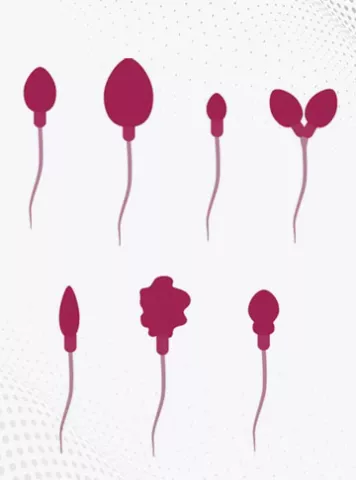

What is abnormalities in sperm?
Sperm is a crucial component of the reproductive system in males. It is a spec...
2023
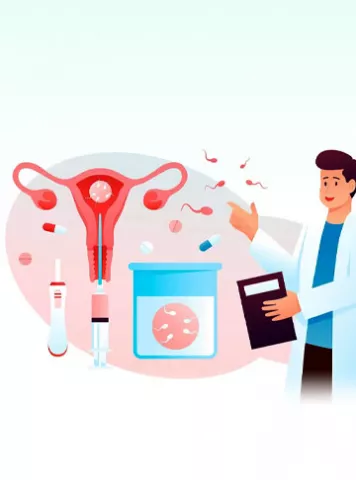

Female Infertility Male Infertility
How many days Sperm Live in Female Body after Intercourse?
While it depends on the correct circumstances and the stage of the woman's men...
2023
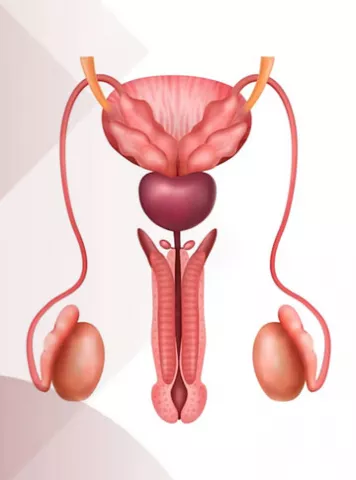

Testicular Atrophy
Do you feel at times that the size of your testicles has increased or decrease...
2023


Male Infertility Infertility Tips
Hyperspermia: Causes, Symptoms, Diagnosis & Treatment
What is Hyperspermia? Hyperspermia is a condition where an individual produ...
2022


पुरूष निःसंतानता का एक कारण वेरिकोसिल आधुनिक तकनीकों से संभव है पिता बनना
पुरूष निःसंतानता शब्द कुछ सा�...
2023
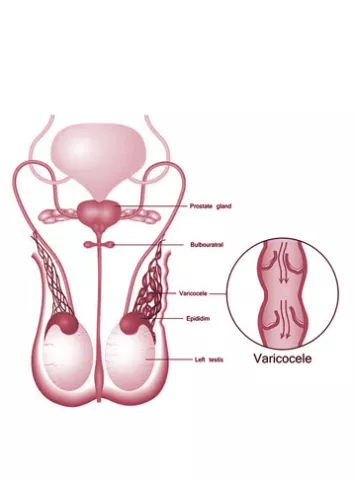

Male Infertility Guide to infertility treatments
Varicocele
What is Varicocele? Varicocele is a medical condition where the veins in th...
2022


Infertility Tips Male Infertility
Male Fertility Conditions
Sperm is also an important factor in conceiving a baby. Many people in India a...
2022


Infertility Tips Male Infertility
Male Infertility
MALE INFERTILITY – Overview If you are facing male infertility you are no...
2022


Infertility Tips Male Infertility
Male Infertility Causes
Male Infertility Causes – Introduction Infertility is defined as, when a ...
Tools to help you plan better
Get quick understanding of your fertility cycle and accordingly make a schedule to track it

